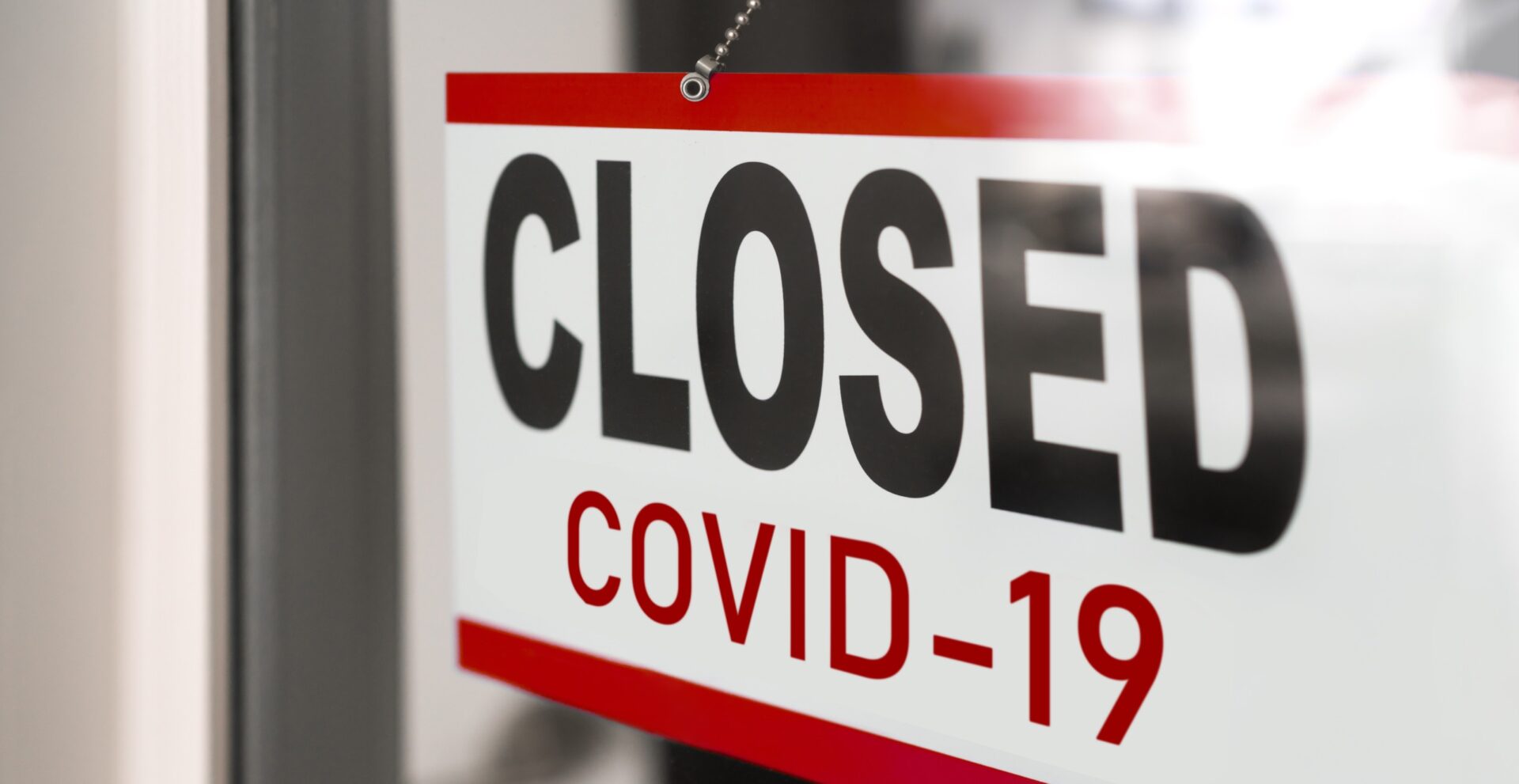
Covid-19 Bounce Back Loan scheme: the implications of fraud by misrepresentation and related offences

With more than 10% of Bounce Back Loans estimated to be fraudulent by The Department for Business, Energy and Industrial Strategy (BEIS), Harrison Drury’s regulatory team provides an overview of the implications for business owners and company directors that may have provided false or inaccurate information to access the Government loans.
The Bounce Back Loan scheme was launched in May 2020, as one of the measures introduced by the UK Government to help maintain the economy during the Covid-19 pandemic.
Other support schemes included the furlough scheme, the self-employed income support programme, and the Eat Out to Help Out scheme.
The Bounce Back Loan scheme was designed to protect small and medium sized businesses from the economic woes associated with restrictions imposed by the Government to mitigate against the spread of Covid-19 during the pandemic.
Eligible businesses could apply for a bounce back loan of up to £50,000, depending on the size of their turnover. The loans were available from retail lenders accredited by the British Business Bank, and fully backed by Government guarantees. No interest was payable on the bounce back loans for the first year, after which time an interest rate of 2.5% on the principle was payable.
The eligibility criteria were as follows: the business had to be based in the UK, established before March 1, 2020, and adversely financially affected as a result of the pandemic. The scheme employed limited measures to verify borrowers, and no credit checks were made.
Unfortunately, the scheme was therefore vulnerable to fraud and losses. In March 2021, The Department for Business, Energy and Industrial Strategy (BEIS) estimated that 11% of Bounce Back Loans worth £4.9 billion were fraudulent.
Following from the criticism in November 2020 by the National Audit Office (NAO) of the lack of adequate fraud prevention measures implemented in relation to Bounce Back Loans Scheme applications, the latest figures from the NAO suggest between £3.2 and £6.3 billion of the total cost of the Government’s emergency Covid-19 support packages were claimed in error, or by fraud.
Some 11 months after the spirited resignation of Lord Agnew, the Treasury’s anti-fraud minister who called oversight of the Government’s emergency Covid-19 support packages “nothing less than woeful”, and in signs of a more robust approach from relevant state agencies and authorities, Companies House has begun refusing applications for strike-off from companies that successfully received bounce back loans.
The National Investigation Service, which tackles criminal activity affecting government agencies and the private sector, is working with the Crown Prosecution Service (CPS) to bring criminal prosecutions against companies and individuals where fraudulent applications have been referred to it by the Department for Business, Energy and Industrial Strategy (BEIS). The Proceeds of Crime Act will be used to make Confiscation Orders to recover funds in the most serious cases.
Where businesses have been wound up, The Insolvency Service will take on the cases, including tackling any financial wrongdoing.
What fraudulent activities took place to secure the loans?
Bounce Back Loan Fraud occurred in several ways. In some instances, businesses artificially inflated their turnover to secure loans in excess of their entitlement under the scheme, or they misrepresented the manner or extent to which they had been adversely financially impacted by pandemic restrictions.
In other cases, fake businesses were incorporated purely to apply for a loan before the funds were misappropriated and then the entities closed down. In other instances, fraudsters illegitimately obtained loans in the name of legitimate businesses.
Some companies applied for loans from multiple lenders and received more than the one loan they were entitled to under the scheme. Some loans were also used for purposes other than those authorised under the scheme.
Criminal offences and penalties for Bounce Back Loan Fraud
There are a number of serious criminal offences for which companies and their directors, and others, can be investigated and prosecuted for Bounce Back Loan fraud. These include:
- Fraud by false representation (section 2 of the Fraud Act 2006)
A person is guilty of fraud by false representation if they dishonestly make a false representation, knowing that it is or might be untrue or misleading, with the intention of making a gain for themself or another, or to cause loss to another or to expose another to a risk of loss. For instance: where a business provided false information, such as artificially inflated turnover, to secure loan funds that it was not entitled to.
- False accounting (section 17 of the Theft Act 1968)
A person is guilty of false accounting if they dishonestly falsify any account or any record or document made or required for any accounting purpose, with the intention of making a gain for themself, or another or with the intention of causing loss to another. For instance: where a business knowingly provided false accounts, such as cash flow forecasts, to secure loan funds that the business did not qualify for.
- Conspiracy to defraud (common law offence)
A person is guilty of conspiracy to defraud if they deprive another of something belonging to that person or to which that person is entitled by way of dishonest agreement with others, or they deceive another into acting contrary to his duty by way of dishonest agreement with others. For instance: fraudsters who illegitimately obtained loans in the name of legitimate businesses.
- Money laundering offences (sections 327, 328 & 329 of the Proceeds of Crime Act 2002)
A person is guilty of a money laundering offence if they conceal, disguise, convert, transfer or remove criminal property (section 327), or if they enter into or become concerned in an arrangement that facilitates the acquisition, retention, use or control of criminal property (section 328), or if they acquire, use of possess criminal property (section 329). Money laundering offences are often investigated and prosecuted alongside the substantive offences of fraud or false accounting.
What to do if you are investigated for an offence relating to the Bounce Back Loan scheme
With regards to the list above, there are a wide range of penalties available to the courts, including imprisonment, director disqualification and fines.
Harrison Drury’s regulatory and compliance team can provide specialist and tailored advice on any of the issues raised above. Please contact our team on 01772 258321.
